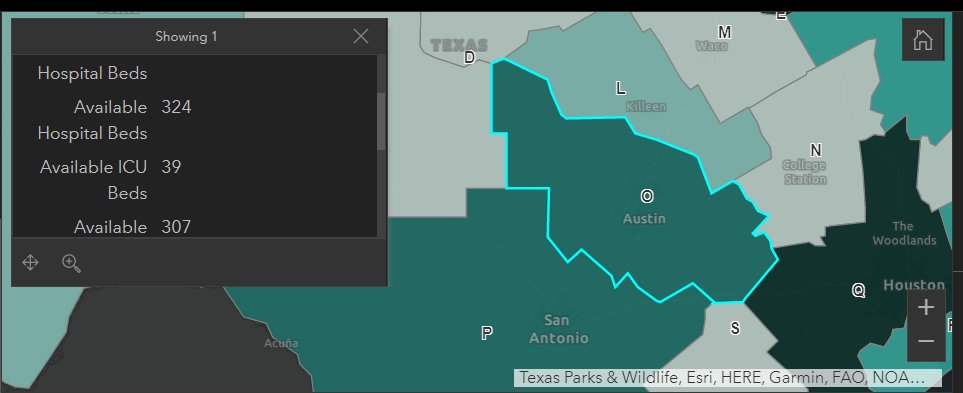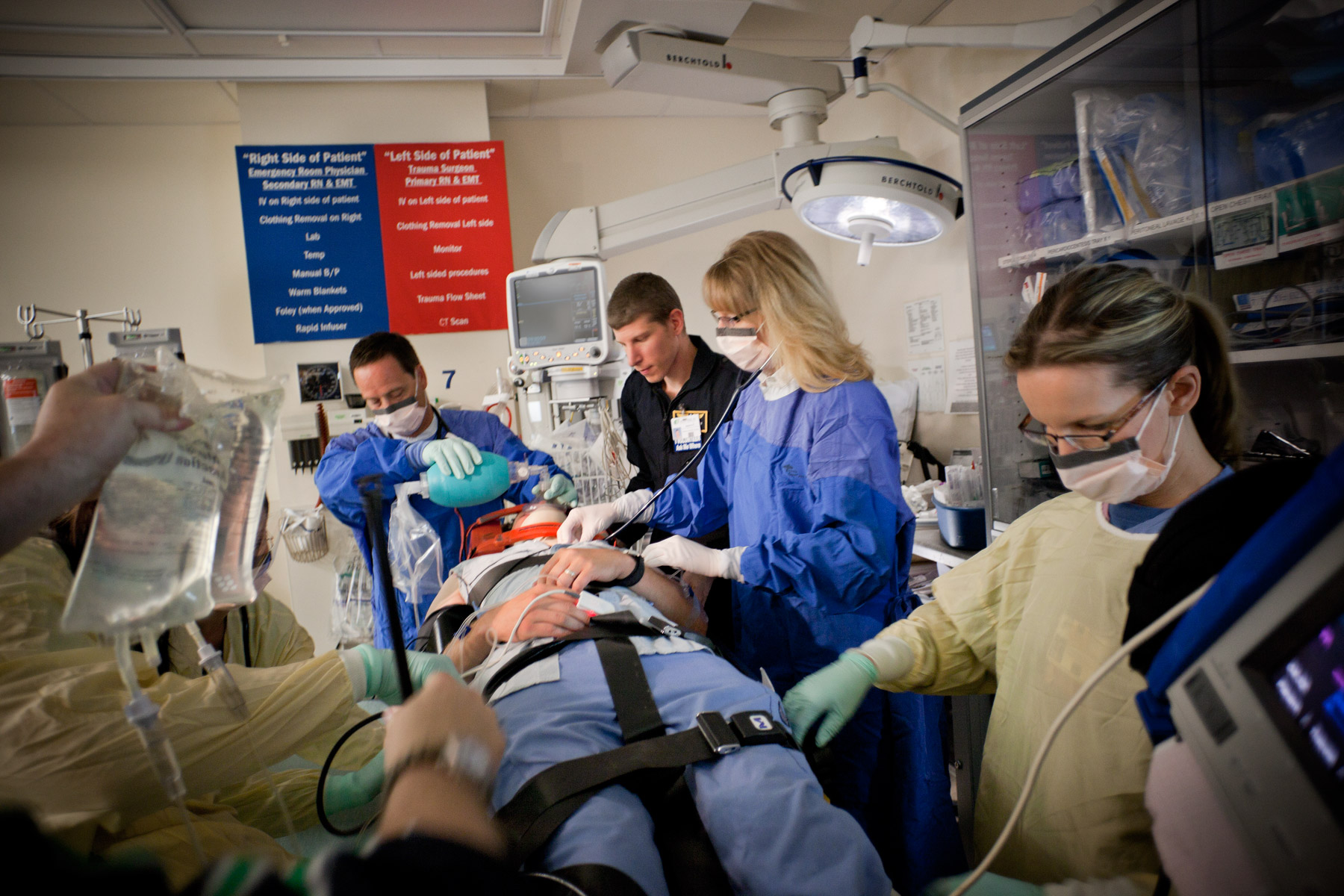
Pediatric trauma centers: Coming of age.There has been a proliferation of urban high-level trauma centers.

An overview of the American trauma system. A national analysis of pediatric trauma care utilization and outcomes in the United States. Criteria for level 1 and level 2 trauma codes: Are pelvic ring injuries undertriaged. Clarification document: Resources for optimal care of the injured patient.You can learn more about how we ensure our content is accurate and current by reading our editorial policy. We link primary sources - including studies, scientific references, and statistics - within each article and also list them in the resources section at the bottom of our articles. Medical News Today has strict sourcing guidelines and draws only from peer-reviewed studies, academic research institutions, and medical journals and associations. transfers patients needing more comprehensive care to level 1, 2, or 3 centers.may provide surgery and critical care services.after-hours protocols if not open 24 hours a day.nurses and medical staff available on patient arrival.The features of a level 5 trauma center usually include: As with level 4 trauma centers, level 5 trauma centers can provide ATLS and evaluate, stabilize, and diagnose people with injuries. Level 5 refers to the most basic type of trauma center. an active outreach program for its referring communities.the ability to transfer patients to level 1 or level 2 trauma centers if they require more comprehensive care.the provision of surgery and critical care services.trauma nurses and physicians available when the injured person arrives.It enables level 4 trauma centers to evaluate, stabilize, and diagnose injured people.Įlements of level 4 trauma centers include:
#TRAUMA CENTER LEVELS HOUSTON MAP HOW TO#
They have resources to provide advanced trauma life support (ATLS) before transferring patients to a higher level trauma center.ĪTLS is a training program for medical providers that teaches them how to manage those dealing with acute trauma. Level 4 trauma centers are usually located in more rural areas. However, they must be able to reach the hospital within 30 minutes if the center contacts them. Unlike level 1 and level 2 trauma centers, surgeons, anesthetists, and other members of staff do not need to be on-site 24 hours a day. offer programs to medical staff to improve care.are in areas that are farther away from higher level trauma facilities.transfer stabilized patients to level 1 or level 2 centers, when necessary.provide care to injured people within their capabilities and resources.

Level 3Ī recent article in O T A I n t e r n a t i o n a l notes that level 3 trauma centers typically: This requirement is not in place for level 2 trauma centers, which also do not require continuous rotations in trauma surgery for senior residents. The American College of Surgeons also note that in level 1 trauma centers, the director of the intensive care unit (ICU) must be a surgeon with a current board certification in surgical critical care. One of the main differences between level 1 and level 2 trauma centers is that level 2 centers do not have the research and publication expectations of a level 1 center.

Both centers require surgeons to be available 24-7 to respond to a trauma patient shortly after their arrival at the center. Level 1 and level 2 trauma centers are very similar, and both can manage people with severe injuries.


 0 kommentar(er)
0 kommentar(er)
